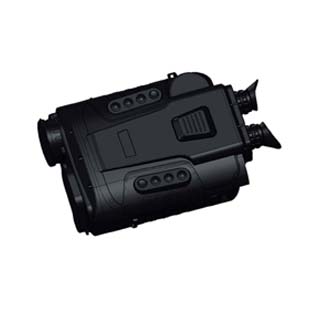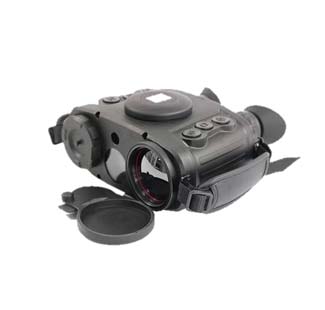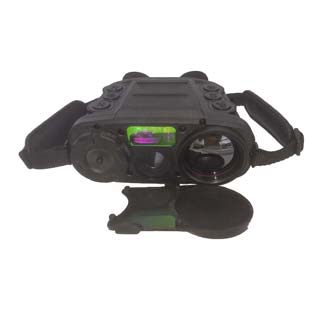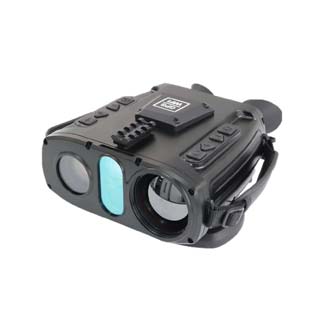How far can binoculars see? It depends on the model of professional night vision thermal binoculars, up to 2,500 meters.
However, how far a pair of binoculars can see is influenced by several factors. Ring eye cup vignettes, for example, are the result of these features interfering with one another. It's much more difficult for that. We go over some of those difficult aspects below. Binoculars are a must for outdoor adventures in the great wilderness, not only for the sake of convenience but also for enjoyment, safety, and other reasons. Make sure you get the best option available by reading the review below.
Technically speaking, binocular performance is more about providing a clear image at a distance than about how far they can see. When do potential buyers inquire about the distance this pair of binoculars can see? What they truly need to know is the amount might I at any point amplify a picture and see it.
Performance is directly related to how the binocular is made; notwithstanding, that needn't bother to be costly. Under $200, you can get a lot of amazing night vision and thermal binoculars. When compared to higher-end and more expensive options, there isn't much of a difference in performance between binoculars under $200. This is one of the main advantages.
The binocular's ability to magnify an image is simply referred to as its magnification. Numerous binocular descriptors also start with this number. The fact that 842 starts with an 8 indicate that it will have an 8x magnification. The size of what you see is eight times greater than what the naked eye can see.
When it comes to binoculars, those with a magnification of less than 5 x are typically used for observing at close range, such as at the theater, a local sporting event, or youth binoculars.
The magnification range of middle-ground binoculars is between 5 and 10. These are the most widely recognized sort of optical gadgets. When it comes to outdoor activities like hunting, fishing, and hiking, are very popular. These can clearly see what's going on for up to one kilometer. The model is, according to the majority of reviews, the Bushnell Legend's HD Compact Folding 10 x 25mm Binoculars. These binoculars are the most dependable option available for beginners due to their reinforced construction, high-quality band, lens coatings, waterproofing, magnesium chassis, and soft-touch grips.
The powerful binoculars with a magnification of more than ten times come next. A whole new set of options are made possible by these powerful optics. Even the satellite moon's craters can be seen at an optical magnification of 20. Despite the higher magnification, some users prefer a lower magnification for ease of use, travel, mobility, event observation, and a wider field of view. On the other hand, high magnification offers significantly more details, can be mounted on a tripod and is excellent for low-light observation.
The objective lens size, also known as the aperture, is the actual diameter of the lens. The light is collected here before reaching the user's eyes. Its size can change to allow or block light from entering.
When using a high-magnification lens, the distance you can see typically increases with the size of the aperture. The more adaptable a lens is the larger its diameter. With a significant power magnification, this is an excellent combination.
For instance, the Carson 3D Series Waterproof Binoculars with High-Definition Optics come in 10 x 42 mm, 8 x 42 mm 1050, and 832 lens diameters. For a given activity, each of these provides a distinct experience.
When it comes to thermal imaging night vision goggles binoculars, what exactly does the term "field of view" mean? Typically, this is the measured area of what the optics can see. This is influenced by the eyepiece, lens thickness, position, and magnification, among other factors.
When viewed from a distance of 1000 yards, a binocular with a FOV of 500 feet can see 500 feet of a scene from one side to the other. Different models utilize a precise degree to gauge the field of perspectives. The field of view expands with increasing angle. This elevated field of view mentions the wild observable facts, for example, nature photography and outside safaris substantially more invigorating.






